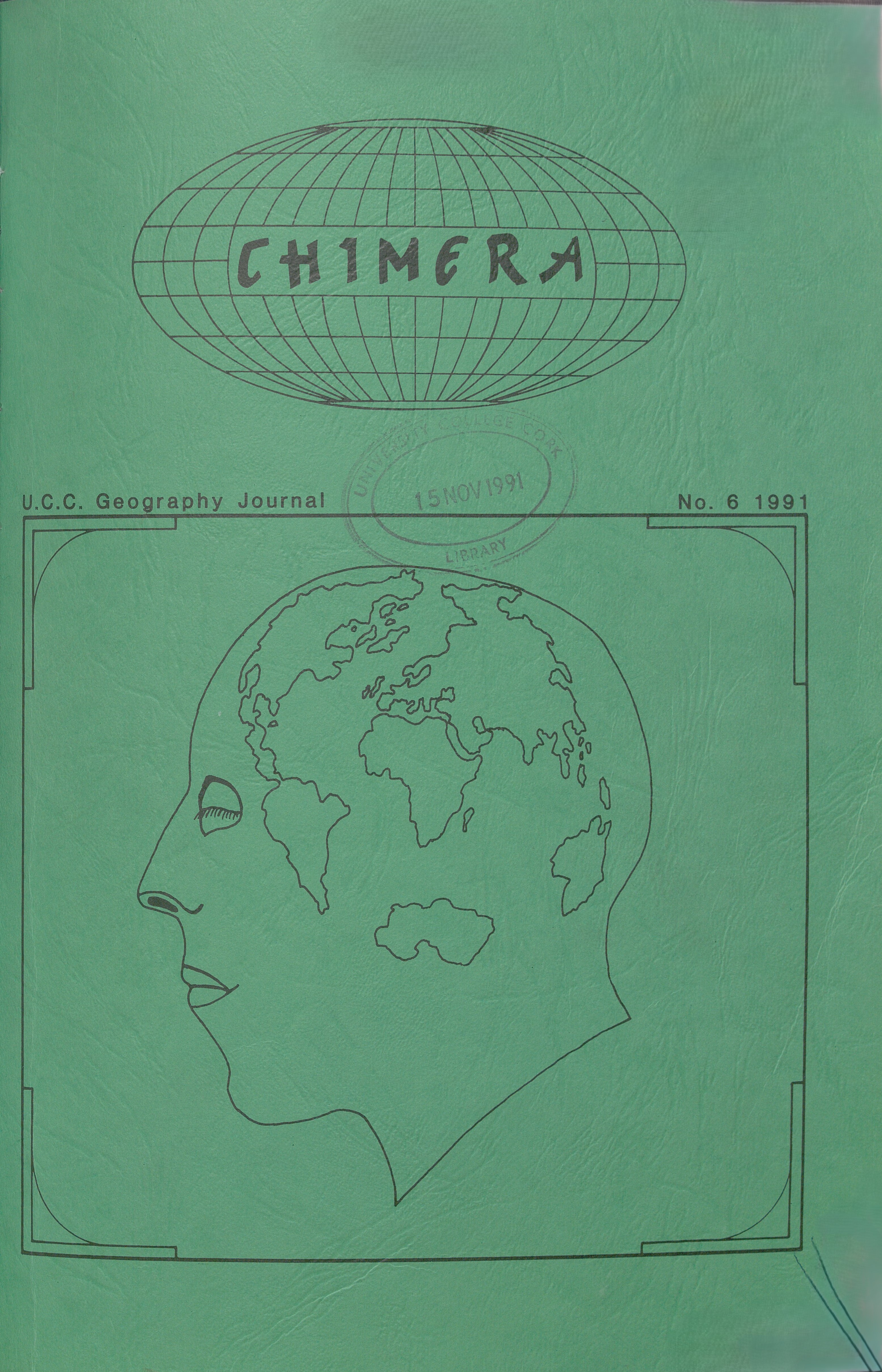Global Warming
Cause and Effect
DOI:
https://doi.org/10.33178/Keywords:
climate change, greenhouse, environmentAbstract
The French mathematician, Jean Fournier first compared the earth's atmosphere to a greenhouse in 1822 but it was the Swedish chemist, Svante Arrhenius who first coined the term 'greenhouse effect' at the beginning of this century. What is the 'greenhouse effect'? Superficially it resembles the way in which glass helps to heat a greenhouse - the sunlight warms the surface of the earth, the air and the plants and in turn earth radiates the energy back into space in the form of heat. Much of the outgoing radiation is trapped and absorbed by water vapour, carbon dioxide and other gases and so the Earth is kept warm.
References
Chorley, Richard J. & Kennedy, Barbara A. (1971) Physical Geography a Systems approach. London, Prentice Hall.
Gould, Peter. (1985) The Geographer at Work. London, Routledge and Kegan Paul,.
Kemp, David D. (1990) Global environmental issues: a climatological approach. London, Routledge.
Knapp, B.J. (1982) Earth and Man. London, George Allen & Unwin.
Mitchell, Bruce. (1979) Geography and Resource Analysis. Essex, Longman.
Titus, James G. (1990) ‘Strategies for adapting to the greenhouse effect’ Journal of American Planning Association, Vol.3. Summer 1990.
Warrick, Richard & Farmer, Graham. (1990) ‘Greenhouse effect, climatic change and rising sea level: implications for development’, Institute of British Geographers, Vol. 15, No. 1. 1990.
Woolridge, Jim. (1990) ‘The winds of change’, Earthwatch Issue 13. Summer 1990.
‘Is our world warming’, (1990) National Geographic, Vol. 178 No. 4. October 1990.



